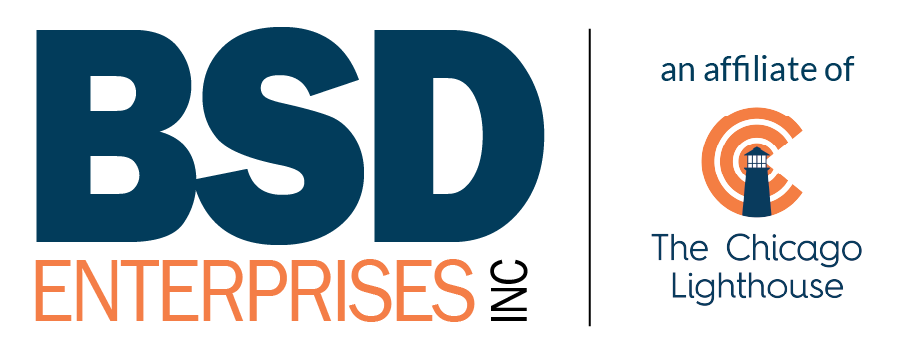Imagine developing a self-service customer service strategy that results in faster resolution times, lower operational costs, and higher customer satisfaction levels. A recent Gartner survey revealed that only 14% of customer service issues are fully resolved through self-service channels, highlighting a gap between expectations and reality.
This presents contact center managers with both a challenge and an opportunity. By enhancing self-service capabilities, you can improve customer satisfaction while streamlining operations.
Here are 7 strategies to boost the effectiveness of your self-service offerings:
Use Context-Sharing Technology. Surveys show customers dislike repeating information as they move between channels. Context-sharing technology ensures customer information from self-service channels transfers seamlessly to live agents.
To implement this:
- Invest in CRM systems that integrate across all service channels
- Use unique customer identifiers to track interactions across platforms
- Teach agents to quickly access and use shared context information
Develop Guided Channel-Switching Processes. Sometimes, customers need to switch from self-service to live support. Seamless transitions significantly improve the overall customer experience.
To implement this:
- Create clear prompts within self-service channels while switching to live support
- Offer callback options from within self-service platforms
- Ensure live agents have immediate access to the customer’s self-service interaction history
Invest in Natural Language Processing (NLP). NLP helps self-service systems understand and address complex queries. This technology allows for more natural, conversational interactions, improving the likelihood of successful issue resolution.
To implement this:
- Integrate NLP into chatbots and virtual assistants
- Use NLP to analyze customer inquiries and continuously improve self-service content
- Apply NLP to route queries to the most appropriate self-service resources or live agents
Create Specialized Self-Service Portals. Municipalities and medical providers have unique needs when it comes to customer service. Creating specialized self-service portals can address their needs more effectively.
To implement this:
- Analyze common customer inquiries in your industry and within your own queue
- Design user-friendly interfaces tailored to your specific services
- Regularly update content based on customer feedback and changing needs
Implement Feedback Loops. Establishing robust feedback mechanisms enables you to quickly identify and address issues.
To implement this:
- Add simple feedback options at the end of each self-service interaction
- Analyze feedback data regularly to identify trends and areas for improvement
- Act on feedback promptly and communicate improvements to customers
Provide Clear Escalation Paths. Even with the best self-service options, some issues will require human intervention. Clear escalation paths ensure that customers can easily access additional support when needed.
To implement this:
- Identify common scenarios that typically require escalation
- Create easily accessible escalation options within self-service channels
- Educate live agents on handling escalated issues efficiently
Train Staff in Omnichannel Support. As you integrate self-service with other support channels, your staff must be able to assist customers across all platforms efficiently.
To implement this:
- Provide comprehensive education on all available service channels
- Encourage staff to use self-service tools themselves to understand the customer experience
- Regularly update education to reflect new self-service features and common customer issues
While improving self-service is crucial, you must maintain a balance with human support. Self-service should complement, not replace, your human agents. Work toward an optimal mix where routine queries are handled through self-service so your agents can deal with more complex issues that require a personal touch. In our case,
To ensure your changes are working, track key performance indicators (KPIs) and regularly analyze them to identify improvement areas and demonstrate ROI. Some important metrics to consider:
- Self-service usage rates
- Issue resolution rates through self-service
- Customer satisfaction scores for self-service interactions
- Reduction in call volume for issues addressable through self-service
Summary
Enhancing self-service capabilities is an ongoing process that requires commitment and continuous refinement. Remember, the goal is not just to reduce costs but to provide a powerful tool that empowers customers to resolve their issues quickly and easily.
Keep the customer experience at the forefront of your decision-making. With the right approach, self-service can become an asset in your customer service arsenal, driving satisfaction and loyalty while optimizing your call center operations.
For more information on BSD Enterprises’ white-glove contact center services, fill out our contact form and you’ll hear from our team soon.

